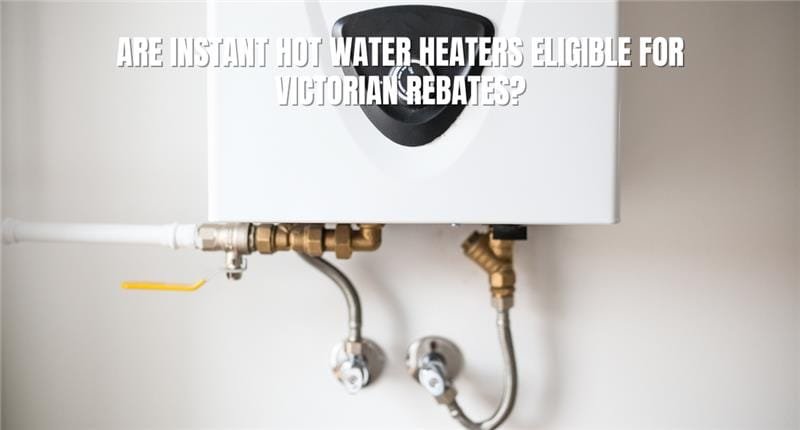
 Hot Water System
Hot Water System 
Understanding the working of hot water systems
Electric Water Heater
Heat Pump Hot Water System
Types
Conventional Resistive Hot Water Systems
Instantaneous Hot Water Systems
Heat Pump Hot Water Systems
WHY SWITCH TO A HEAT PUMP HOT WATER SYSTEM?
Energy efficiency
Environmental Impact
Cost Considerations
Maintenance and Longevity
Space Requirements
Installation Complexity
User Convenience and Smart Controls
Conclusion
Frequently Asked Questions
Other Related Blog

 VEU Updates
VEU Updates When you think of a home renovation, chances are you picture a kitchen revamp, maybe some polished timber flooring, or even a splash of fresh colour on the wall

 Hot Water System
Hot Water System We humans often act like every resource on this blue planet is ours for the taking. But that mindset is dangerous because nature has limits. Push Earth into sat

 Lighting
Lighting What started as a simple lighting upgrade is now reshaping entire spaces. These days, LEDs are even used in wellness treatments — from mood lighting to skin t

 Hot Water System
Hot Water System Victoria’s power grid has come under increasing strain in recent years. With climate pressures, growing population demands, and energy costs, it’s more impo

 Hot Water System
Hot Water System Many buyers pick these systems.Wonder why?Instant hot water heater systems, also known as tankless water heaters or continuous flow systems, are increasingly po

 Hot Water System
Hot Water System Water Heater Installation for Your Business Staff amenities, kitchens, laundry or washrooms, your business’s water heater installation directly impacts operat



